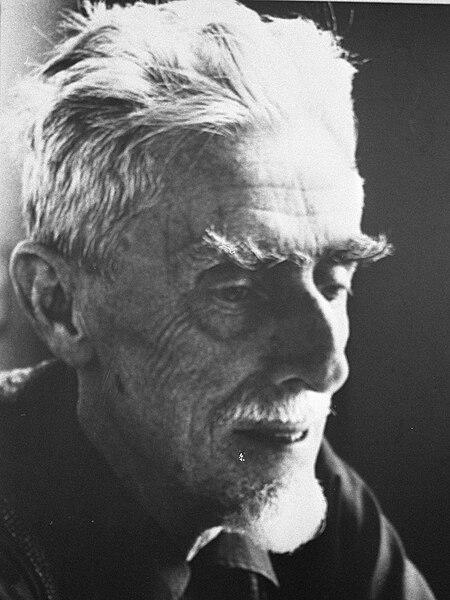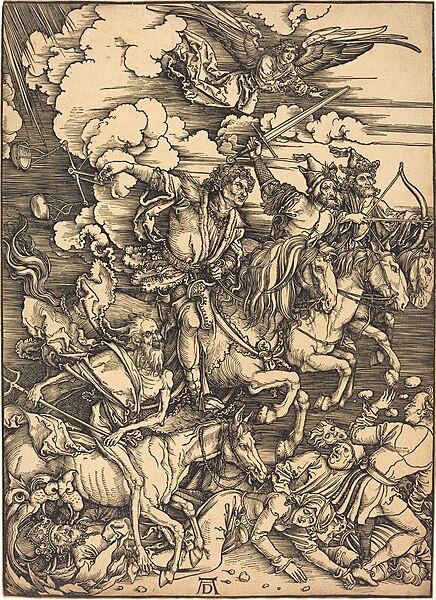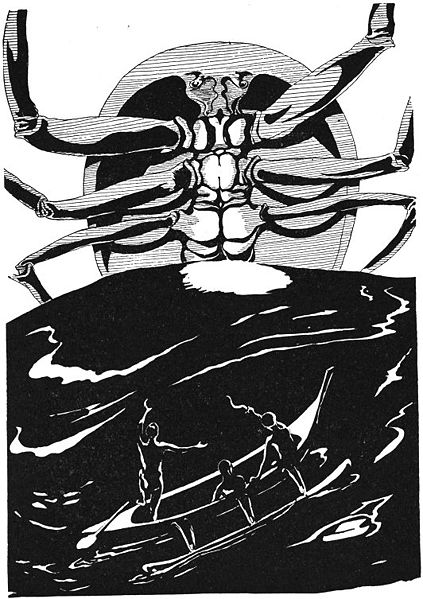Maurits Cornelis Escher was a Dutch graphic artist who made woodcuts, lithographs, and mezzotints, many of which were inspired by mathematics.
Despite wide popular interest, for most of his life Escher was neglected in the art world, even in his native Netherlands. He was 70 before a retrospective exhibition was held. In the late twentieth century, he became more widely appreciated, and in the twenty-first century he has been celebrated in exhibitions around the world.
Escher in 1971
Escher's birth house, now part of the Princessehof Ceramics Museum, in Leeuwarden, Friesland, the Netherlands
Moorish tessellations including this one at the Alhambra inspired Escher's work with tilings of the plane. He made sketches of this and other Alhambra patterns in 1936.
Escher's painstaking study of the same Moorish tiling in the Alhambra, 1936, demonstrates his growing interest in tessellation.
Woodcut is a relief printing technique in printmaking. An artist carves an image into the surface of a block of wood—typically with gouges—leaving the printing parts level with the surface while removing the non-printing parts. Areas that the artist cuts away carry no ink, while characters or images at surface level carry the ink to produce the print. The block is cut along the wood grain. The surface is covered with ink by rolling over the surface with an ink-covered roller (brayer), leaving ink upon the flat surface but not in the non-printing areas.
The Four Horsemen c. 1496–98 by Albrecht Dürer, depicting the Four Horsemen of the Apocalypse
Block Cutter at Work woodcut by Jost Amman, 1568
The Crab that played with the sea, Woodcut by Rudyard Kipling illustrating one of his Just So Stories (1902). In mixed white-line (below) and normal woodcut (above).
Madonna del Fuoco (Madonna of the Fire, c. 1425), Cathedral of Forlì, in Italy








